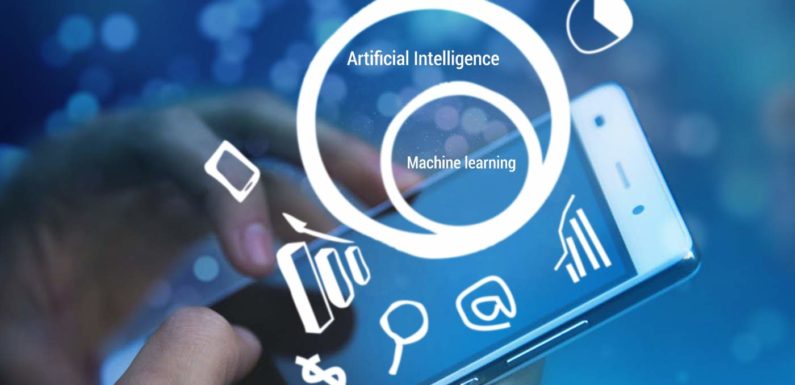
Personalization is the hallmark of a good shopping experience. Customers appreciate a company that understands their needs and provides life-improving solutions with minimal guidance required. Indeed, an integral part of the consumer experience is feeling valued, and concierge-style, intuitive customer-service provides this by demonstrating that the customer is appreciated enough to invest in understanding their needs. Moreover, by streamlining the identification of useful products and services, companies show regard for the client’s time.
However, in the past, personalized service came at a frequently-untenable premium, as learning the habits, needs, and wants of customers was time-consuming, resource intensive, and simply not cost-effective for companies selling items with smaller profit margins.
Fortunately, advances in the field of Artificial Intelligence have made customizing the customer experience an accessible ambition for enterprises across a spectrum of industries. No longer is it necessary for shopkeepers and employees to commit the behavioural contours of clients to memory, as sophisticated, machine learning-enabled software begin to shoulder the heavy lifting of predictive analytics, and use artificial intelligence to unearth a golden age of personalized retail from a mine of data.
Though artificial intelligence can be leveraged in a multitude of ways to enliven the retail experience, three of its most notable applications include:
Search by Sight
By allowing customers to upload pictures of what they want and return a list of products that either match the product or offer similar advantages, new object-recognition programs are truly putting the “eye” in AI. Dot com concierges will now be able to not only help customers quickly identify what they’re looking for, but they’ll also be capable of providing suggestions for upsells that increase both the size of the sale for the business and the functionality of the product for the customer.
Though this feature is usually associated with online retailers, soon customers will be able to cross-reference their pictures against the inventories of local brick-and-mortar outfits. Moreover, even when companies do not carry the item for which a customer is searching, they’ll find their servers inundated with valuable insights on how to better serve their consumer base.
As object recognition technology grows, pictures submitted by clients will be able to be distilled for more information than the targeted item: Retailers will be able to start visually piecing together the components of their clientele’s lives from the photos received, allowing them to better understand the needs of their buyers.
Omnichannel Retail
No longer will in-store limitations drive a customer over to nearby competitors. In the coming years, developments in artificial intelligence will progressively blur the line between in-person and online shopping. Apps will be able to use Natural Language Processing (the technology that powers Amazon’s Alexa or Apple’s Siri) to answer orally-stated questions about where items are located in the store and whether or not they’re in stock. Should an item not be in-stock, customers will have the ability to purchase it from the company’s webpage at a discounted price with overnight delivery as compensation for the inconvenience.
This hybridization of the online and physical realms will guarantee that no matter where customers go, their purchases will go towards your company’s profit margins!
Personalized Pricing
While person-specific pricing is a feature many businesses would be hesitant to implement because of its potential consequences, when utilized correctly, it can help companies better pair prices to corresponding demand levels. Presently, Google Flights returns higher costs for users of more expensive devices, and uses past consumer activity on accounts to more accurately gauge how much a particular passenger might be willing to pay for a flight.
Eventually, brick-and-mortar retailers might be able to use predictive analytics to figure out when customer purchasing impulses are waning, and then reel them back in with coupons that lower the price point down to levels that match their demand.
Applications for Artificial Intelligence in the Consumer Experience Grow by the Day
Everyday, businesses discover new ways to leverage advances in AI to make their customer experience more unique, beneficial, and indispensable. Follow WorkFusion’s blog to stay up-to-date on the leading developments in artificial intelligence and machine learning, and uncover how your company can be trailblazers instead of getting left in the dust!

